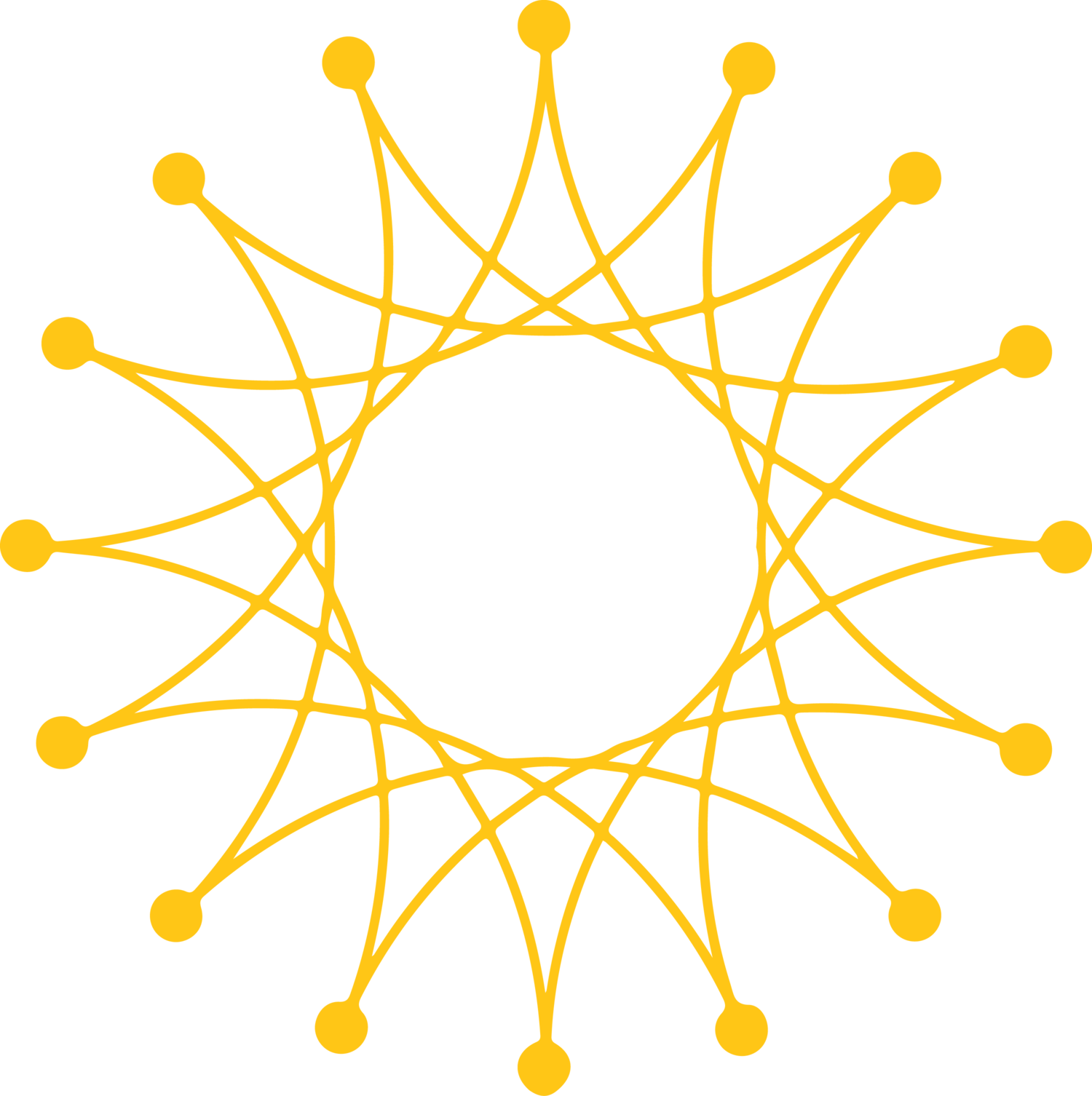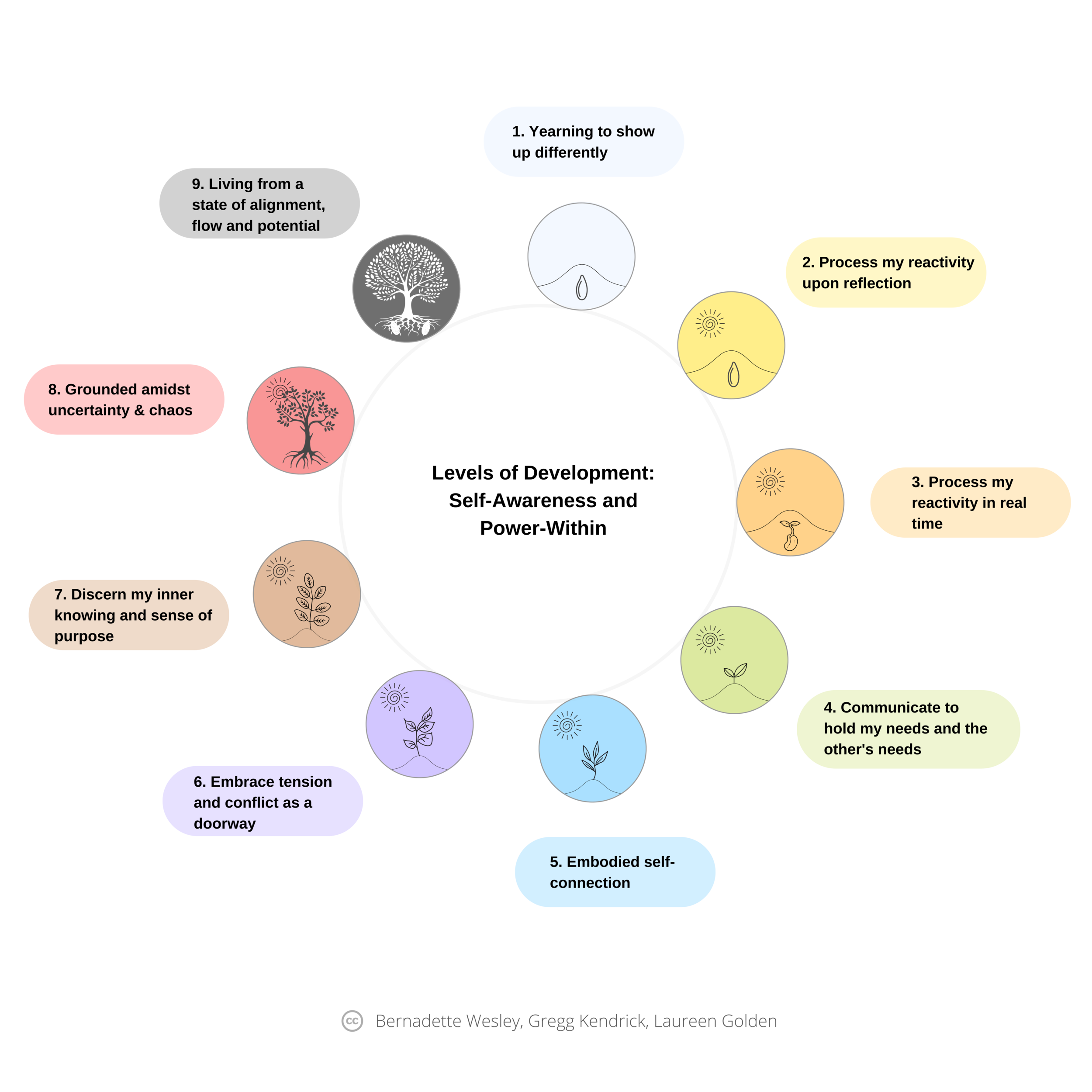What’s in the Way of Your Organizational Adaptability and Resilience? The Invisible Culture
As a leader, how do you keep teams connected and engaged when working virtually? How do you pivot when suddenly your product or service becomes irrelevant when it was in demand only months ago? It’s incredibly challenging to come up with solutions for problems no one has anticipated. This increase in the rate of change and disruption organizations are experiencing is adding extra strain on the role of leadership.
Navigating this turbulence and change is pushing leaders, teams and organizations to shift into new ways of being and working together. In my article, Crossing the Chasm Without Burning Out: Leadership in the New World, we explore how innovative leaders are finding a path forward through dynamic, power-with structures which tap into the collective intelligence of their teams and allow for greater adaptability amidst constant change. For example, in Sociocracy, power is distributed through nested, interlinked circles within the organization.
However, even inside a power-with structure, the “hangovers” from old systems can breed an invisible culture of projection, mistrust and disempowerment in circle members. According to Ted Rau of Sociocracy for All, “One of the obstacles in an organization using Sociocracy is that now the governance system is more potent than the people in it. The people are the weak link because they have a hard time stepping into their power and building the structures that they need because they never learned to do that.”
Not only have we not learned how to operate in a healthy, power-with structure, but we carry within us a natural resistance to change the status quo, even if that change would benefit us. In their book Immunity to Change, Kegan and Lahey show how our individual beliefs, along with the collective mindsets in our organizations, combine to create a powerful immunity to change called “counter-commitments”. This is especially true when the type of changed required cannot be obtained by traditional methods of goal-setting. “Internal behaviors, patterns of thinking, and psychological strategies…are no less real for being intangible or invisible.”*
Structures and Skill Sets
In my mid-twenties, I worked at the corporate headquarters of Honeywell, Inc. in Minneapolis. There I experienced first hand a culture of top down command and control - a power-over dynamic that rewarded those who played that game well. Fortunately, as fate would have it, I also met my first mentor, Ann Wade, who was the Director of Human Resources at that time. Ann was not only a gifted business woman, but she was also highly intuitive and passionate about transformation. She was the first person to introduce me to the conscious and unconscious mind, which sent me on a lifelong journey of exploring and studying the mysteries of trauma, transformation and healing.
I knew instinctively that if the dysfunctional systems I experienced in corporate life were going to change, I had to begin with my own internal system of learned behavior and unconscious patterns.
After using my life and my work as a living lab for the past 30 years, I can say with certainty that until we are willing to examine our internalized programming of power-over/under, we will never be able to effectively change our external reality. Without this shift, we will create the same patterns over and over - only changing the packaging as we attempt to change our structures. We run the risk of creating the “same prison, different walls”, a shiny version of business as usual.
For leaders and their organizations to transform and thrive in the 21st century, tending to both internal skill sets and external structures is required. Like the two pedals of a bicycle, they work together to successfully move forward. We need structures in place where we can make decisions together and we need practices to grow the internal skills needed to access the full potential of these power-with structures. Much of the success of power-with structures will come from the inside out.
You can’t have power-with unless you have power-within.
Yet, the work of transforming our beliefs, mindsets, habits and perceptions isn’t easy! None of us have escaped the internalization of oppressive social systems. We are the walking wounded. And with so many of us in a state of individual and collective fear and reactivity, those wounds are being activated at a global scale.
Although the times we are living in are incredibly challenging, they also present an incredible opportunity. If we can learn to work with our reactivity in a productive way, our difficult moments can act as a doorway to greater potential. They are like neon signs in our brains saying, “look here!”. It’s like a built-in radar detector for our internal capacities to evolve from feeling powerless (or misusing power) to building healthy internal power. Transformative Social Systems such as Sociocracy are truly transformative when we are willing to transform ourselves. And as we heal ourselves, we heal the world around us. And that’s worth the effort.
Below is a developmental continuum that I created with my colleagues, Gregg Kendrick and Laureen Golden. These self-awareness skills and capacities enable the effective use of power-with structures such as Sociocracy.
Learn more about how individual and collective reactivity impacts your entire organization (and what you can do about it!)
--------------------
*An Everyone Culture: Becoming a Deliberately Developmental Organization
Deep gratitude to:
Laureen Golden: Inspiration, Coherence and Relevant Resources
Juna Wesley: Images
Maxine Wesley: Editing


